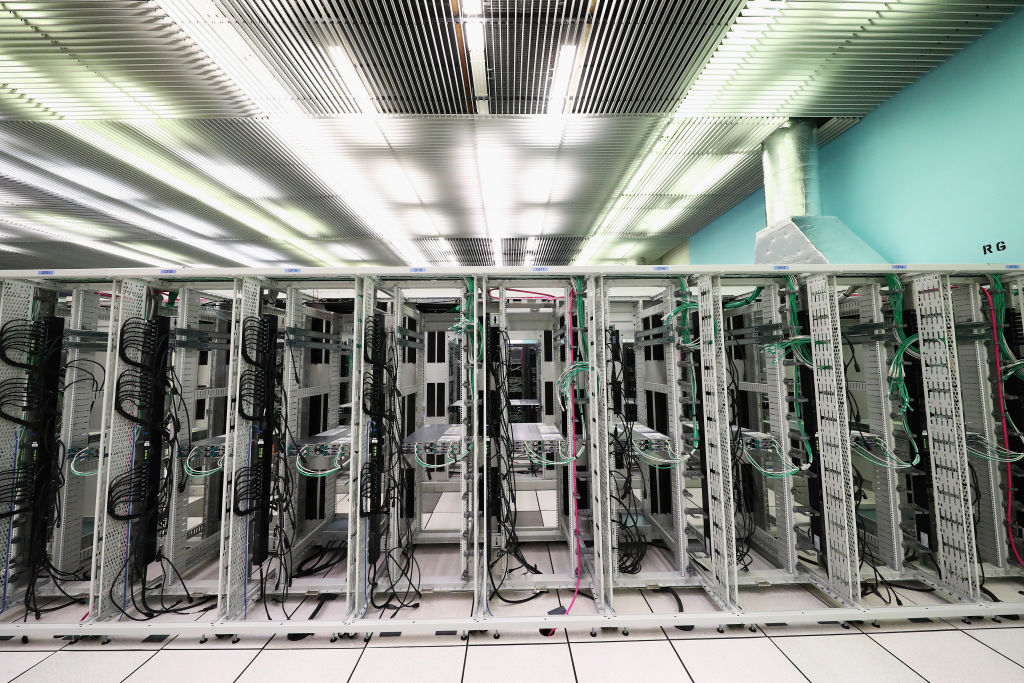Making Sense of Data Center StandardsMaking Sense of Data Center Standards
With such a proliferation of standards, how can companies understand which ones to follow?
April 12, 2018

When you’re considering a colocation service provider or planning your own data center build, baseline standards are everything. Without quantifying how a facility will perform in terms of infrastructure, cooling, power, security, and reliability, it can be difficult to make informed decisions.
That’s where Joseba Calvo comes in. The managing partner at certification training and auditing company EPI-AP knows data center standards inside out. He will be walking attendees through the complex data center standards and certification landscape at Data Center World Local, Washington D.C. on May 15.
Calvo is used to certifying data centers. He oversaw the development of more than 150 of them as the co-founder of AST Modular, a company that designed and built modular data centers. He sold AST to Schneider Electric in 2014. After that, he co-founded EPI-AP, which audits, certifies, and trains executives in data center-related standards.
From a Barren Field to a Forest of Standards
Calvo recalls that in the early 1990s, there were few if any real data center standards. He cites the Uptime Institute’s tier categorization for data centers as one of the first real guidelines for data center construction and design.
“Uptime had a vision in the 1990s to give easy guidance to check whether a data center was properly configured or not,” he says.
Those guidelines were relatively easy to interpret. “Everyone could easily identify whether it was a Tier one, two, three, or four,” he recalls. It helped create the impetus for more data center standards as industry bodies around the world began seeing the potential for metrics that would help data center builders conform to a baseline.
It wasn’t long before the industry began seeing standards like the Telecommunications Industry Association’s TIA 942 and BICSI 002. A raft of others arrived, such as the Singapore Standards Council’s SS 507 for business continuity and disaster recovery and AICPA’s SSAE 16 with its SOC 1 and 2 subcomponents. Latterly, comprehensive standards like Europe’s EN 50600 have fleshed out certifications in the data center space.
The standards landscape has become more complex as technology has evolved, explains Calvo. “ISO 27001 is security, but what about the cloud? It is not focused on the cloud. So they created ISO 27017 and 27018,” he says. “New technologies demand newer standards.”
With such a proliferation of standards, how can companies understand which ones to follow? This is what Calvo helps customers with every day at EPI-AP. “We are always up to date and helping them to understand which standards exist. Then they can understand which one best applies to them,” he says.
Choosing the Right Standard
What will influence a customer when deciding what certifications to follow? There are various factors, Calvo says, including marketing. In the colocation market, service providers will frequently be customer-led in their certifications. If customer RFPs repeatedly refer to Uptime’s tiering guidelines, then a colo provider will naturally seek certifications along those lines.
Another influencing factor is the customer’s region. Some standards and guidelines are more popular in some regions than others.
“Mexico is ICREA. Singapore is SS 507, but Asia also likes Uptime and TIA 942,” he explains, adding that these latter two standards are also popular on the African continent. “Europe is more towards EN 50600, or in Germany EN 50600 or TÜV”. TÜV is the common name for technical certifications in Germany, including data center certifications.
Finally, coverage is an issue, Calvo says. Uptime focuses on electrical and mechanical, whereas some companies may need a strong focus on telecommunications, which can lead them towards TIA 942.
The future of the data center standards landscape is vibrant, Calvo concludes. It will only become more complex as technology evolves and will become increasingly valuable to those navigating decisions around data center performance and reliability. “I think the standards will become more needed to benchmark for an apples-to-apples comparison and to give you what you need for your business,” he says.
Visitors to Calvo’s lightning talk will come away with a better understanding of the yardsticks they can use to evaluate their data center choices. In an industry that lives and dies by performance and reliability metrics, that knowledge is a crucial asset.
Check out the full program of sessions for Data Center World Local, Washington D.C. on May 15.
About the Author
You May Also Like







